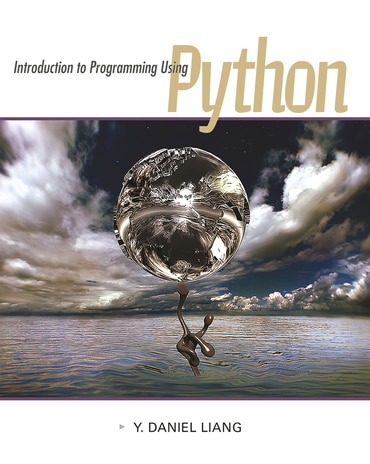Switch content of the page by the Role togglethe content would be changed according to the role

Introduction to Programming Using Python, 1st edition
Published by Pearson (July 23, 2021) © 2013
- Y Daniel Liang Georgia Southern University
Pearson+ subscription
per month
-month term,ISBN-13: 9780137521272
Introduction to Programming Using Python
Published 2021
$95.99
Price Reduced From: $119.99
12-month access
ISBN-13: 9780133019841
MyLab Programming with Pearson eText for Introduction to Programming Using Python
Published 2012
Need help? Get in touch